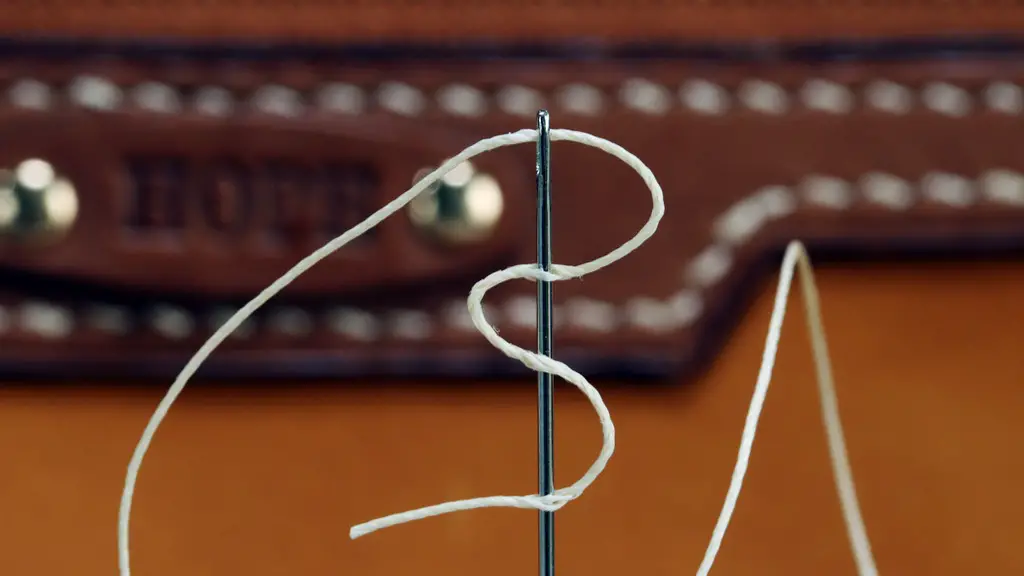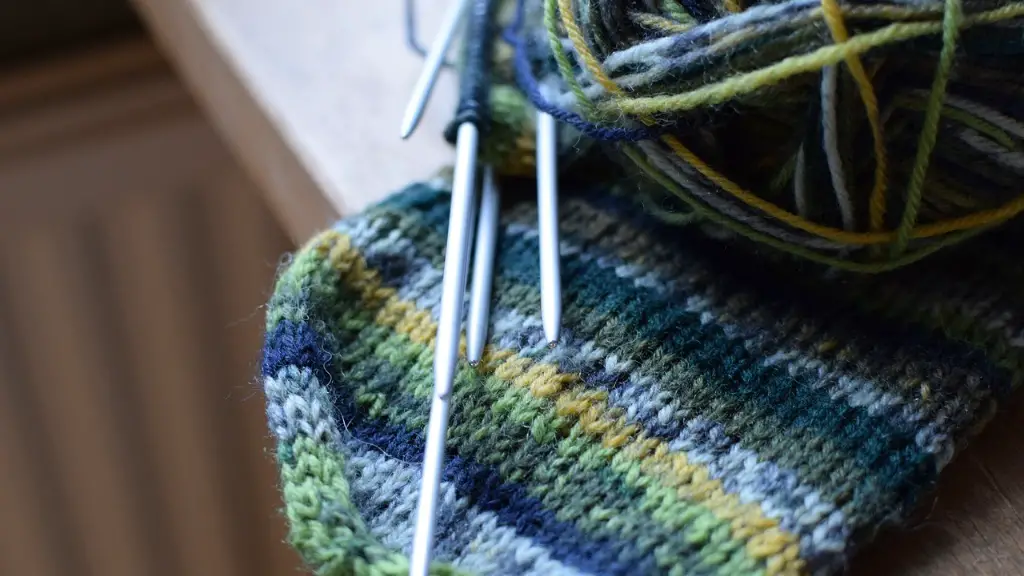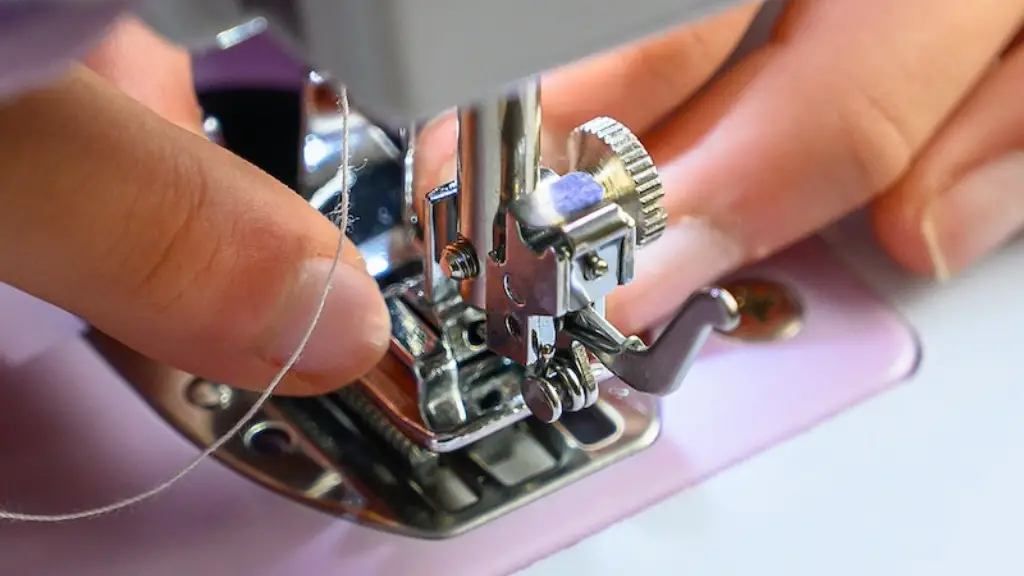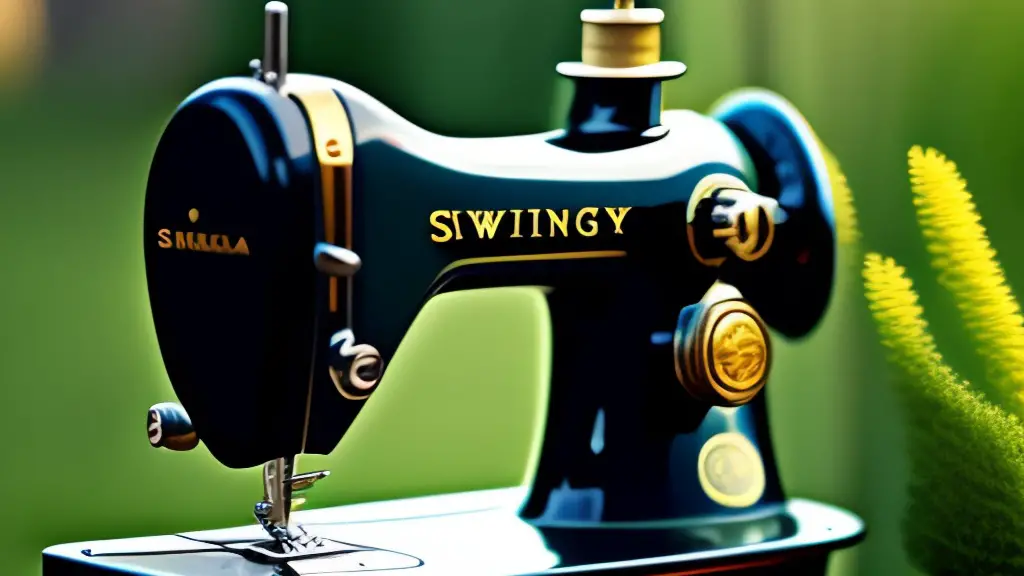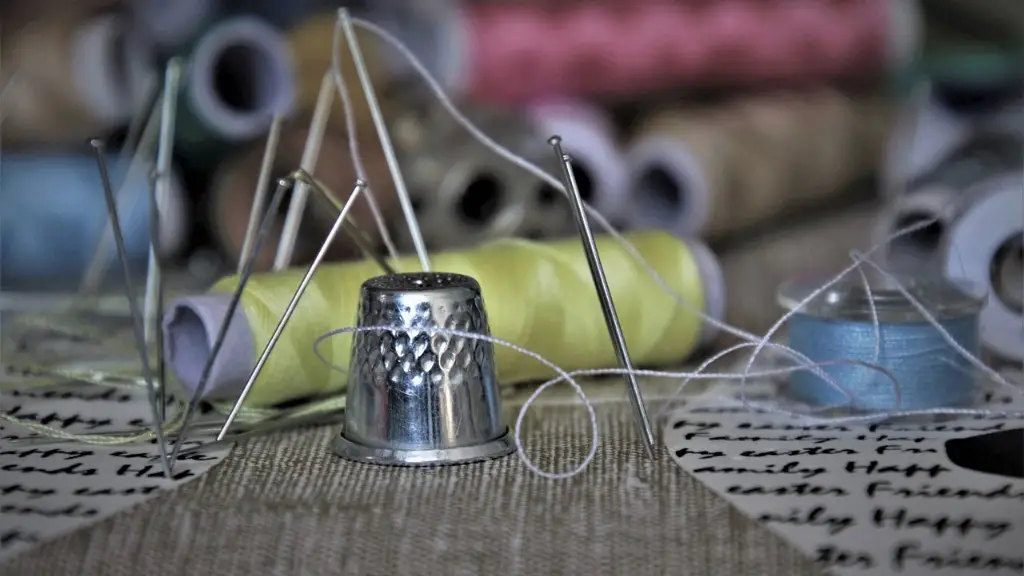Introduction
A handheld sewing machine is a great tool for people who want to do simple repairs and alterations in textiles or other materials. It has a small electric motor which is powered by either a transformer or batteries so it can be used anywhere. They are particularly useful for mending items that cannot be put through a conventional sewing machine, such as curtains, clothes and blankets. Handheld sewing machines are also great for hemming fabrics such as skirts or trousers. In this article, we’ll discuss how to use a handheld sewing machine and some of the tips and tricks needed to get the best results.
Selection Tips
When selecting a handheld sewing machine, it is important to consider the types of fabrics and materials you will be working with. Some machines are designed for lightweight fabrics such as cotton and may not be suitable for heavier fabrics like denim or leather. Also, consider the motor power and whether it is suitable for the type of projects you plan to do.The speed of the machine is also important, as it will determine how quickly you can get the job done. Finally, make sure that the machine has all the required accessories such as a fabric guide and needle plate, so you have everything you need to get started.
Operation
To operate a handheld sewing machine, start by preparing the fabric. Measure and mark the fabric to ensure that all of the seams are straight. Then, position the fabric in the machine, making sure that all of the seams are aligned. Place the fabric in the guiding grooves, so that the fabric runs straight when the machine is running. Ensure that the needle is facing the correct direction and is properly aligned with the seam.
Next, choose the stitch type you need for the project. Most handheld sewing machines will have a selection of pre-set stitches to choose from, although some may offer custom stitch settings. Select the stitch size and length, and remember that thicker fabrics may need wider stitches.
Once you have chosen your settings, you can begin sewing. Gently guide the fabric, keeping your hands two to three inches away from the needle. Do not pull or push the fabric too hard, as this could cause the needle to break or the fabric to tear. If you need to adjust the stitch length, slowly turn the dial on the machine while the needle is in the fabric.
Safety
As with any sewing machine, safety must be the top priority when using a handheld sewing machine. Always read the instructions carefully and follow any safety tips the manufacturer outlines. Be aware of the power source, making sure the machine is disconnected from mains power when not in use. Ensure that the electric cord is kept away from any metal parts, as this could cause short circuits. Pay attention to your hands and fingers when handling the fabric, as the needle may be extremely sharp.
Maintenance
Regular maintenance is important in order to keep the machine in good working order and to prevent any major issues. After each use, make sure that the needle is securely fastened and that it is undamaged. Check the power cord for any signs of wear and tear. Clean the machine using a damp cloth, and ensure that all the moving parts are well lubricated. Replace any damaged or worn parts, and check that all of the settings are working correctly.
Storage
It is important to store the handheld sewing machine properly when not in use. Keep the machine in a cool, dry place and make sure it is away from any moisture or moisture sources. If the machine is powered by batteries, make sure that they are removed. Make sure the cord is not in danger of becoming knotted, and store any threads or fabrics in a sealed container.
Accessories
Using the right accessories can make the job easier and more accurate. Invest in some good quality needles, as this will affect the finish of the stitch. Tailoring shears will make cutting the fabric much easier and more accurate. Invest in a few different stitch plates, as these will allow you to adjust the stitch length and width quickly and easily.
Color Coordination
When sewing different colored fabrics, it is important to be aware of the color combination. For example, if you are sewing a silver and black fabric, use a silver needle and a black thread. This will create a harmonious and professional finished look. If possible, use the same color of thread for the entire project to ensure uniformity.
Extra Savings
When using a handheld sewing machine, there are some extra savings to be made. It can be used to patch up old or damaged items rather than buying new ones. If making items for sale, it can also be used to create sewing templates or fabric samples, thus reducing the cost of buying pre-made samples.
Patterns
Handheld sewing machines can be used for a variety of pattern making tasks, from the simple to the intricate. Using the machine on a template or pattern will allow you to work quickly and accurately. The machine is also great for creating custom shapes and decorative stitches, giving your fabric projects a professional finish.
Stability
When using a handheld sewing machine, it is important to ensure that the fabric is held firmly in place. Position the fabric in the grooves of the machine, using a fabric guide if necessary, to ensure that it stays in the same spot while stitching. This will ensure that all of the seams are straight and consistent.
Speed
The speed of the machine can be adjusted, so it is important to practice sewing at different speeds. Different fabrics will require different speeds, which can be determined by doing a test patch. If you are new to using a handheld sewing machine, it is advised to start with a slow speed, as this will give you more control over the stitches.
Tips and Tricks
When using a handheld sewing machine, it is important to keep the fabric taut, but not too tight, as this can cause the stitching to be uneven. If there is too much tension, the needle may break. For accurate and even stitching, make sure the fabric is always straight and aligned in the machine. When finishing a stitch, always make sure to tie off the thread securely.
Error Checking
When using a handheld sewing machine, it is important to keep an eye out for any errors that could occur. Check the seam lines often to make sure they are even and consistent. If a needle breakage occurs, stop immediately and replace the needle to prevent any further damage to the fabric.
Alternatives
If you don’t have access to a handheld sewing machine, there are some alternatives available. A regular sewing machine can often take on the same tasks, although it may take longer to complete the job. Hand-stitching, such as embroidery, is also an option for those seeking a more intricate finish. Additionally, fabric glue can be used for quick and simple repairs, although it isn’t suitable for thicker fabrics.
Conclusion
A handheld sewing machine is an essential tool for any tailor or hobbyist. It is great for quickly repairing clothing or adding decorative details to fabrics. With the right care, a handheld sewing machine can be used to expertly craft projects of all sizes and types. The key to getting the best results is to practice and understand the different settings and techniques of the machine.
